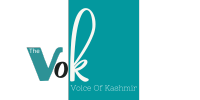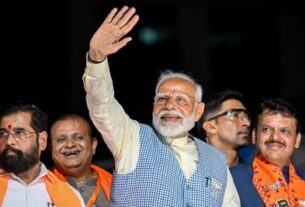SEOUL — In a surprising twist that’s shaking up the global battery market, the latest U.S. move under former President Donald Trump’s second term is opening up a golden opportunity for South Korean battery makers.
On April 10, the White House announced a sweeping tariff hike on Chinese imports — with lithium-ion batteries for energy storage systems (ESS) facing a jaw-dropping 145% tariff. That’s up from an already steep 125% and includes an earlier 20% duty. The move is aimed at reducing America’s reliance on Chinese goods and addressing geopolitical concerns, including the fentanyl crisis.
What does this mean on the ground? Chinese-made batteries, which once had a massive price edge, are suddenly a lot more expensive — nearly 2.5 times more costly for U.S. buyers. That’s causing a serious shake-up, especially since China supplied over $15.3 billion worth of lithium-ion batteries to the U.S. just last year. With the new tariffs, those costs could soar to nearly $37.5 billion, if volume stays the same.
“Chinese lithium iron phosphate (LFP) batteries have dominated the U.S. market, largely due to low pricing,” said one industry insider. “Data centers loved them for their cost-efficiency and the ability to pack in more cells. But that’s all changing.”
With China unwilling to back down and starting to retaliate, the U.S.–China trade tug-of-war is far from over. Even if future negotiations ease some of the pressure, experts say it’s unlikely the U.S. will walk back to the pre-tariff days of just 10.9% levies on Chinese ESS batteries.
That’s where South Korea steps in.
Korean Companies Seize the Moment
While China was exporting 678,000 tonnes of batteries to the U.S. as of last November — nearly 12 times more than Korea’s 58,000 tonnes — Korean companies are now racing to fill the void.
LG Energy Solution is shifting gears, speeding up its plans to mass-produce cost-friendly LFP pouch batteries in Michigan. “With our seven manufacturing sites in the U.S., we’re well-positioned to respond quickly,” said an LG official. “We’re adjusting our production lines from EV to ESS ahead of schedule to take advantage of this moment.”
Last month, LG also secured a deal with Taiwan’s Delta Electronics to supply enough ESS cells to power 400,000 U.S. homes by 2030.
Meanwhile, Samsung SDI is doubling down on both premium nickel-based and LFP products. It recently inked a $301 million deal to supply its Samsung Battery Box (SBB) 1.5 to Florida-based NextEra Energy. While the production location remains unclear, the facilities in Ulsan or Hungary are likely candidates — both facing a far lower 25% U.S. tariff compared to Chinese counterparts.
Looking ahead, Samsung is preparing the SBB 2.0, which includes an LFP option, for mass production in the first half of next year. It’s also eyeing a potential manufacturing hub in North America.
And then there’s SK On, which is entering the LFP race with a bold plan to deliver meaningful results by late 2025. With operations in Georgia and joint ventures with Hyundai and Ford, SK On is positioning itself right in the heart of the U.S. battery revolution.
The Bigger Picture
The U.S. energy storage market is booming — and fast. A recent report from Global Market Insights projects the sector will skyrocket from $10.67 billion in 2023 to a staggering $1.49 trillion by 2034, growing at an annual rate of 29.1%.
With Chinese dominance being challenged, Korean firms see not just a window of opportunity, but a wide-open door. And with their deep industry experience, existing infrastructure, and global partnerships, they’re ready to walk through it.





